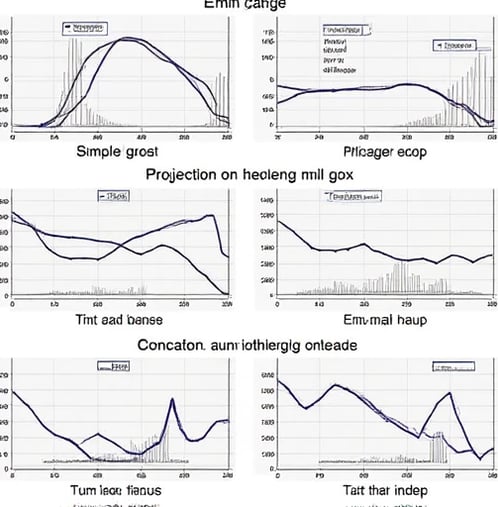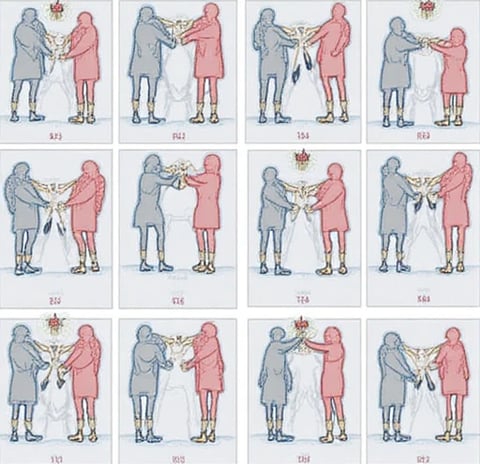Jeff Rogers
"I am Jeff Rogers, a specialist dedicated to developing predictive models for sociolinguistic change. My work focuses on creating sophisticated analytical frameworks that combine computational linguistics, social network analysis, and machine learning to forecast language evolution patterns. Through innovative approaches to language science and data analytics, I work to advance our understanding of how languages transform in response to social, cultural, and technological changes.
My expertise lies in developing comprehensive models that integrate historical language data, contemporary social dynamics, and predictive analytics to understand and forecast linguistic evolution. Through the combination of large-scale language corpora analysis, social network dynamics, and advanced statistical modeling, I work to create reliable methods for predicting language change while considering multiple social and cultural factors.
Through comprehensive research and practical implementation, I have developed novel techniques for:
Creating multi-dimensional language change prediction models
Developing social network-based language diffusion analysis
Implementing machine learning algorithms for pattern recognition
Designing automated language monitoring systems
Establishing protocols for validating predictive models
My work encompasses several critical areas:
Computational linguistics and natural language processing
Social network analysis and dynamics
Historical linguistics and language evolution
Machine learning and predictive modeling
Sociocultural factors in language change
Digital communication and language adaptation
I collaborate with linguists, data scientists, social scientists, and computational modelers to develop comprehensive predictive frameworks. My research has contributed to improved understanding of language evolution patterns and has informed the development of more accurate prediction models. I have successfully implemented predictive systems in various research institutions and language planning organizations worldwide.
The challenge of predicting sociolinguistic change is crucial for understanding language evolution and planning language policies. My ultimate goal is to develop robust, accurate predictive models that enable precise forecasting of language change patterns. I am committed to advancing the field through both theoretical innovation and practical application, particularly focusing on solutions that can help address global language planning and preservation challenges.
Through my work, I aim to create a bridge between traditional linguistic analysis and modern computational approaches, ensuring that we can better understand and predict language evolution while considering complex social dynamics. My research has led to the development of new standards for language change prediction and has contributed to the establishment of best practices in sociolinguistic research. I am particularly focused on developing models that can account for the rapid changes in digital communication and global language contact.
My research has significant implications for language planning, education, and cultural preservation. By developing more precise and reliable methods for predicting language change, I aim to contribute to the advancement of effective language policies and preservation strategies. The integration of computational methods with sociolinguistic analysis opens new possibilities for understanding and planning for language evolution in our increasingly interconnected world. This work is particularly relevant in the context of global language diversity and the challenges of language preservation in the digital age."




Innovative Three-Phase Design Solutions
We integrate historical and real-time data to enhance linguistic understanding and predict emerging expressions through advanced AI models, ensuring cross-cultural robustness and effective communication strategies.


Innovative Design Solutions
We integrate historical data and real-time insights for advanced linguistic and social predictions.
Data Integration Services
Combining historical corpora and social media data for comprehensive linguistic analysis and forecasting.


Model Optimization
Fine-tuning models for robust predictions, ensuring cross-cultural applicability and accuracy in language change.
Our validation process includes backtesting and real-time forecasting to ensure reliable linguistic insights.
Validation Services




Language Dynamics
Innovative approach to studying linguistic shifts and change.


Linguistic Shift
Analyze language changes through social data and events.






Cultural Robustness
Enhancing models for cross-cultural linguistic understanding and adaptation.
Recommended readings:
"Cross-Cultural Semantic Drift Detection via Adversarial Training" (2023): Examines GPT-3.5’s semantic bias correction in non-English contexts, providing baselines for generalization validation.
"Causal Inference Models for Policy Texts and Social Media Language" (2024): Develops a BERT-based framework with differential privacy for policy impact analysis, informing this project’s social variable annotation algorithms.

